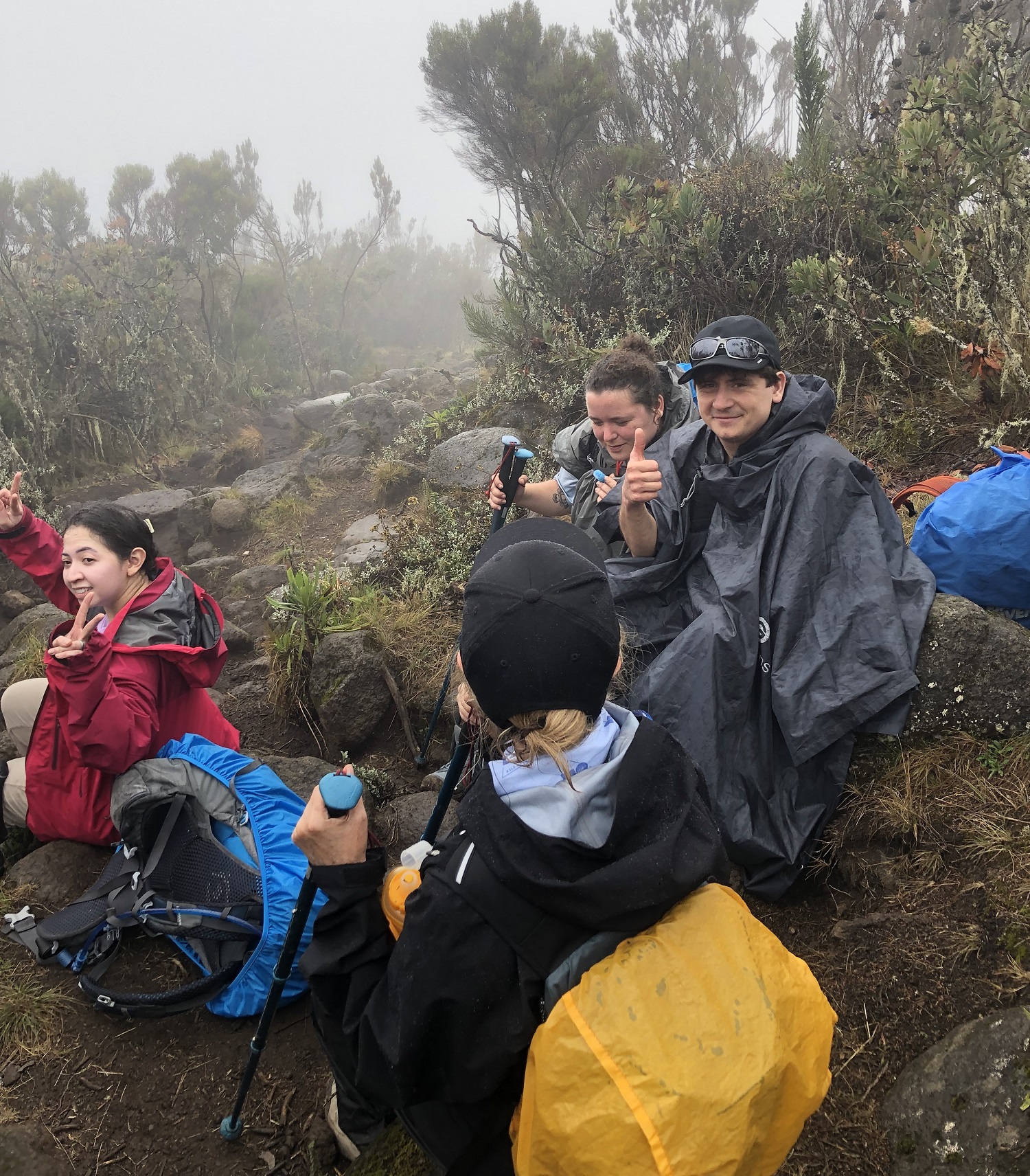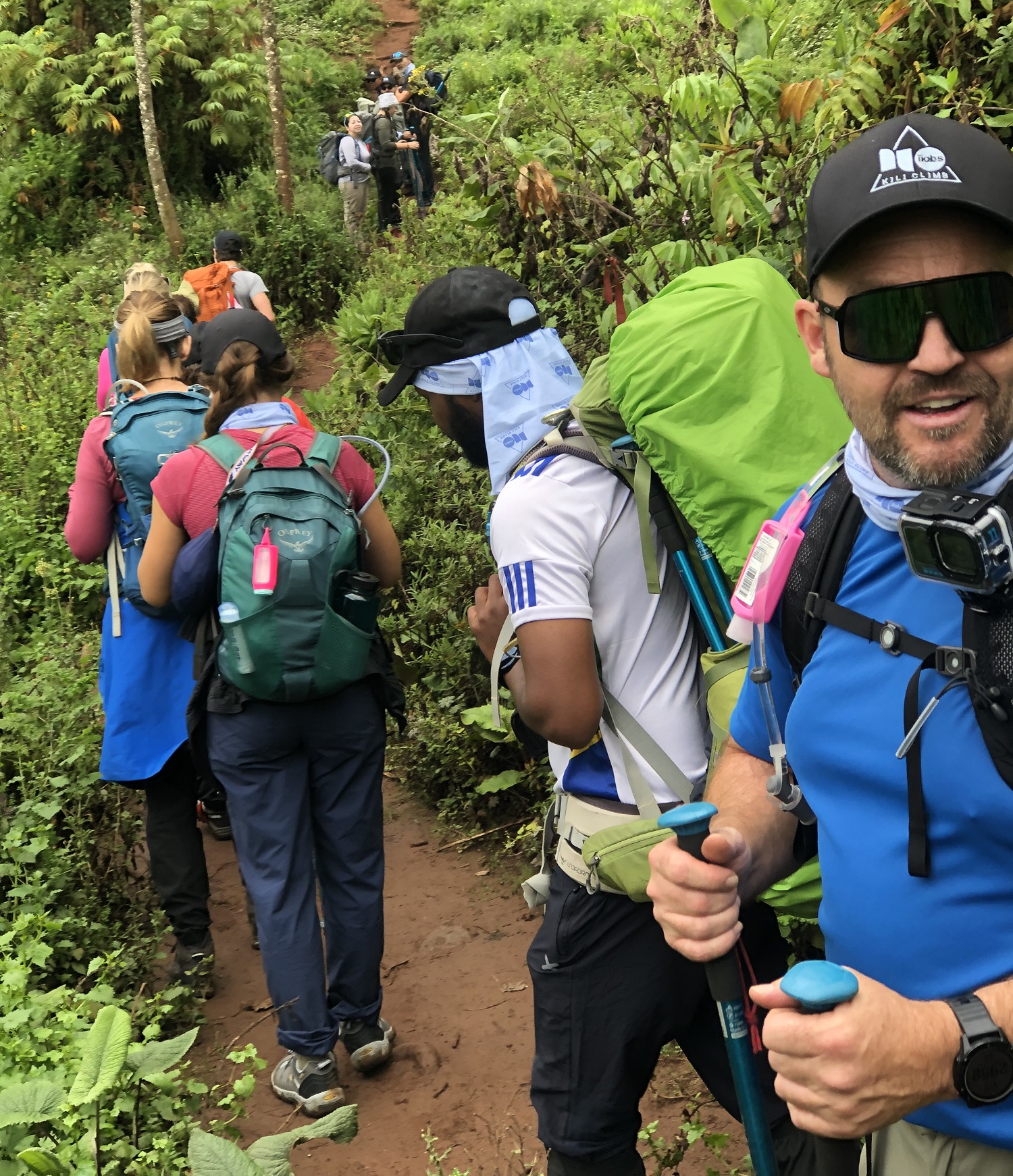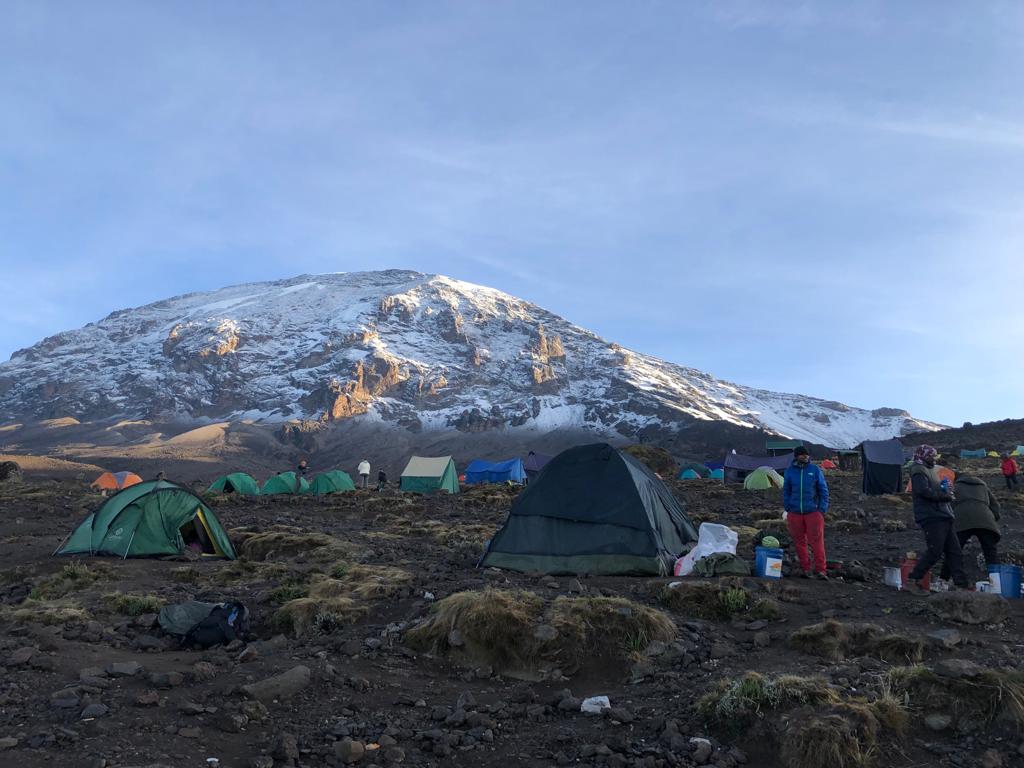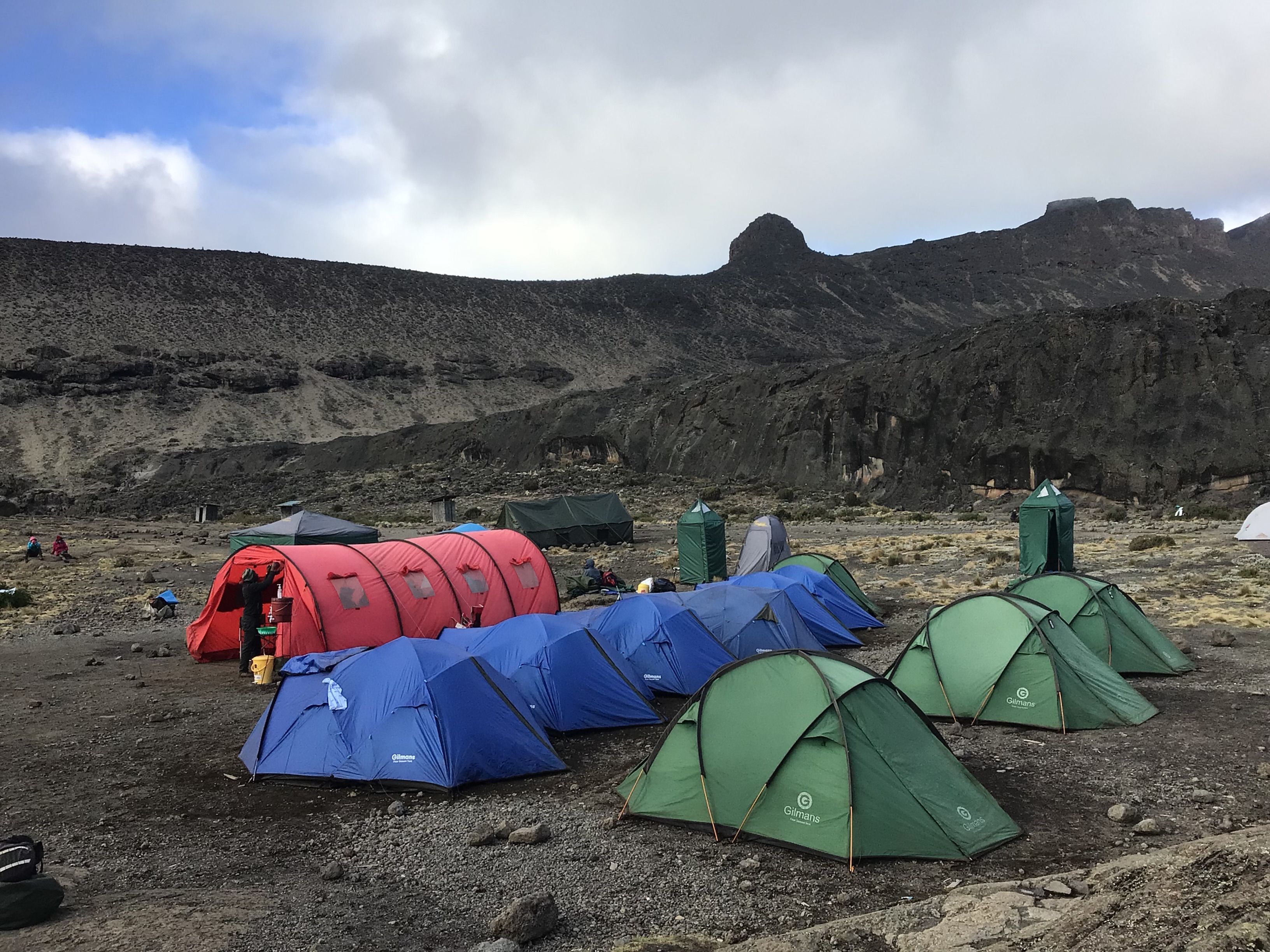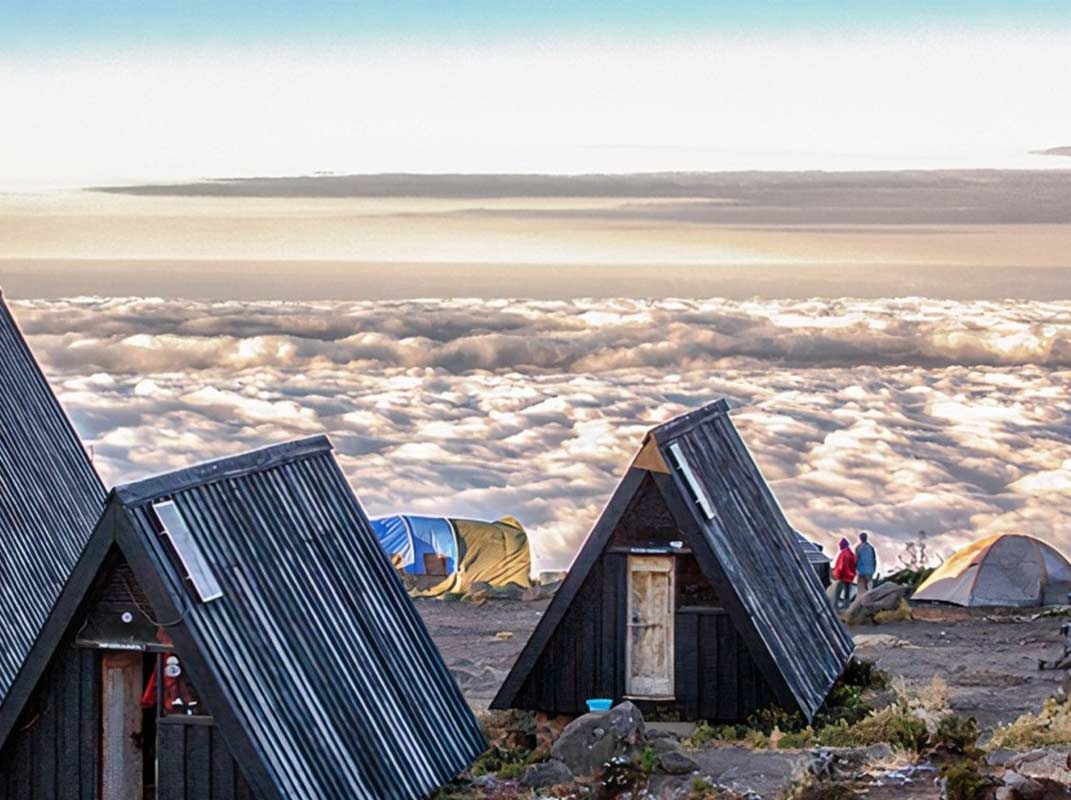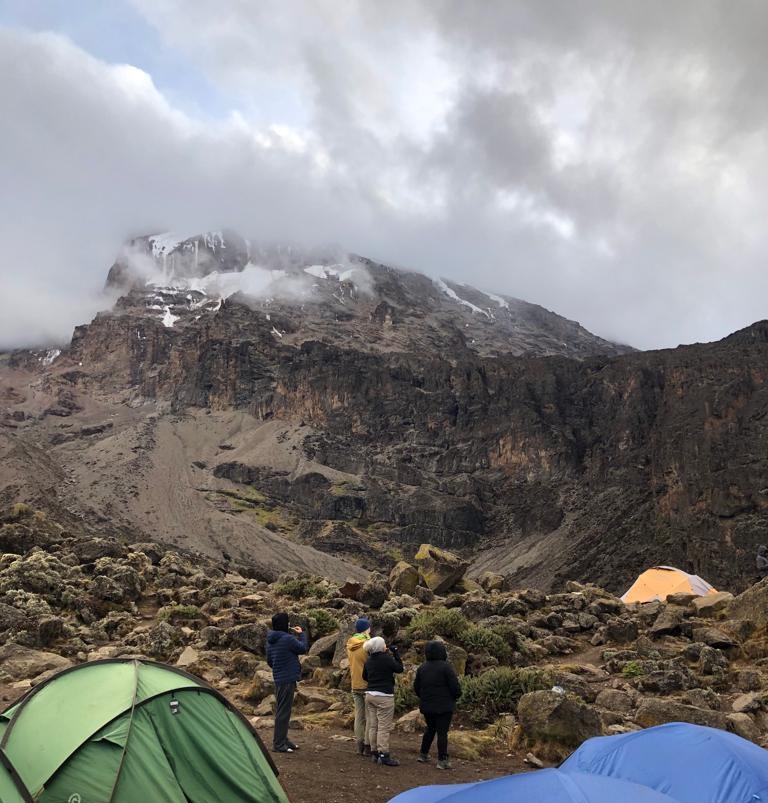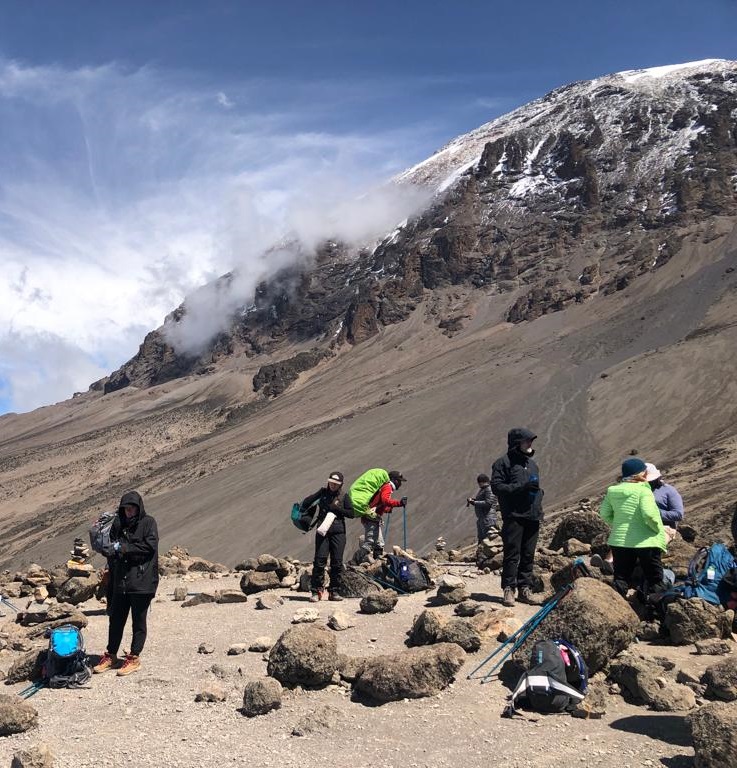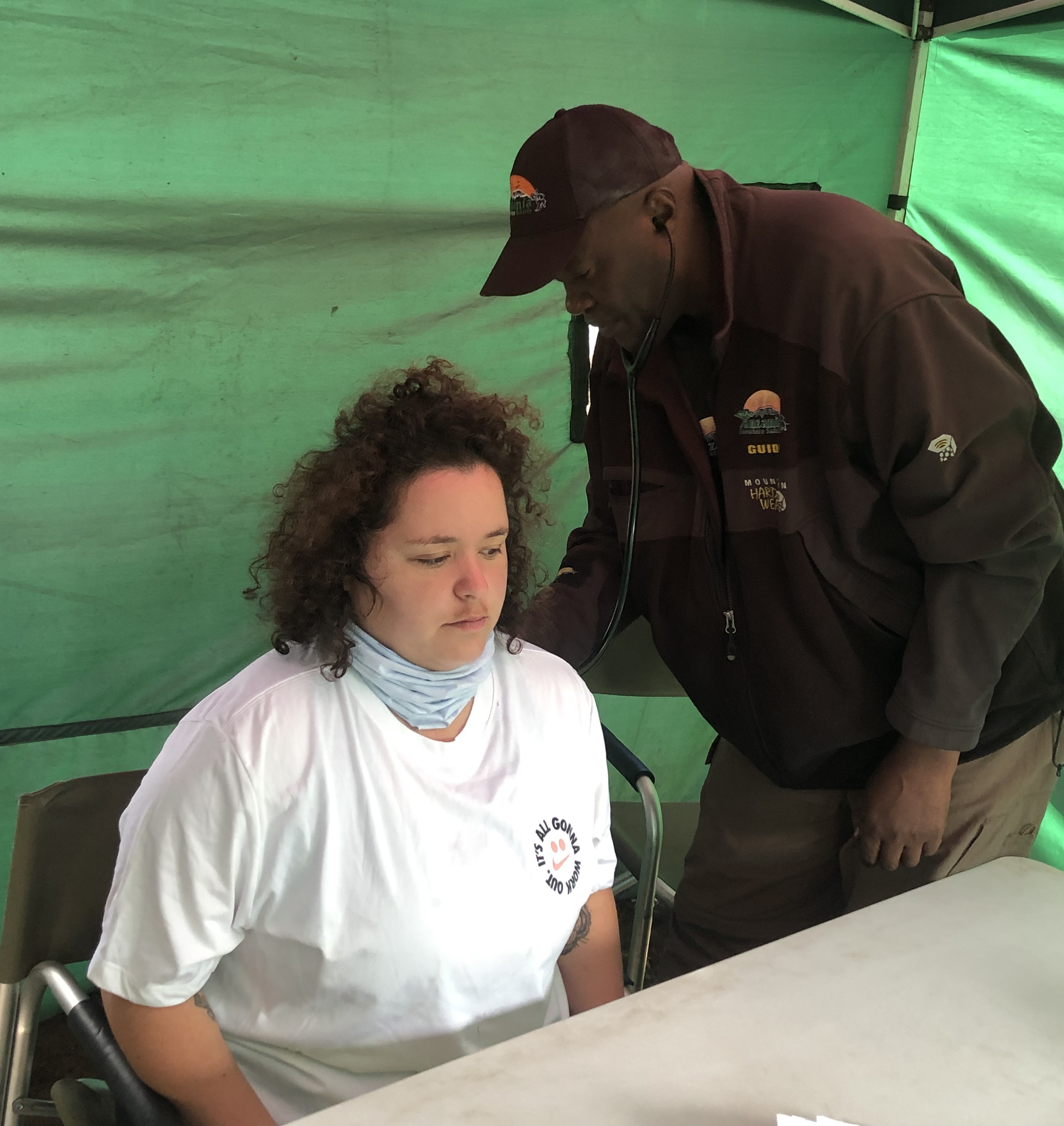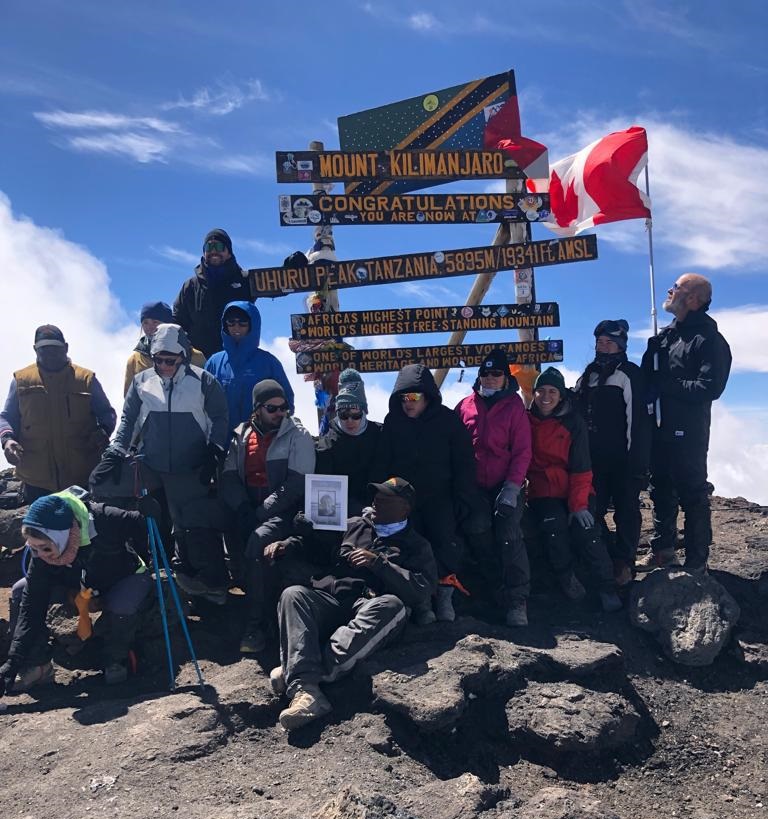1. How much does it cost to climb Kilimanjaro?
Prices vary depending on the route, number of days, and operator. On average, expect to pay $2500–$8,000 for a full-service climb. Beware of very cheap offers—they often cut corners on safety and staff welfare.
2. Which is the best route to climb Kilimanjaro?:
The best route depends on your fitness, budget, and preference:
• Machame Route – Scenic and popular (7 days recommended)
• Lemosho Route – Best for acclimatization (8 days ideal)
• Marangu Route – Only route with hut accommodation
• Rongai Route – Quieter, starts from the north
• Umbwe Route – Steep and challenging, for experienced hikers
• Northern Circuit – Longest and most remote, great for acclimatization
3. When is the best time to climb Kilimanjaro?:
The best months are January to early March and June to October, when the weather is drier and more stable.
4. Do I need prior climbing experience?
No technical climbing skills are needed, but good physical fitness and some trekking experience are strongly recommended.
5. How many days should I spend on the mountain?
A minimum of 6–7 days is recommended. More days increase your chance of acclimatizing and successfully reaching the summit.
6. Do I need a guide to climb Kilimanjaro?
Yes. Kilimanjaro National Park regulations require all climbers to be accompanied by a licensed guide.
7. What is altitude sickness and how can I prevent it?
Altitude sickness is a risk when climbing above 2,500 meters. Prevent it by:
• Choosing longer routes for better acclimatization
• Drinking plenty of water
• Climbing slowly (“pole pole”)
• Using altitude medications if needed (consult your doctor)
8. What kind of food is provided on the mountain?
Local operators usually provide hot meals including soups, rice, pasta, meat, vegetables, fruits, and tea/coffee. Vegetarian and special diets can be accommodated with prior notice.
9. What gear do I need to climb Kilimanjaro?
Essential gear includes:
• Warm layers (fleece, down jacket)
• Waterproof clothing
• Hiking boots
• Sleeping bag (4-season)
• Headlamp
• Trekking poles
Your tour operator may offer gear for rent.
10. Is it safe to climb Kilimanjaro?
Yes, if you go with a reputable, licensed company that has trained guides and proper safety protocols. Always follow your guide’s advice and listen to your body.
11. Do I need travel insurance?
Yes. You need travel insurance that covers high-altitude trekking (up to 6,000m) and emergency evacuation.
12. Will I have access to electricity or Wi-Fi on the mountain?
No. There’s no electricity or Wi-Fi on the mountain. Bring power banks and offline entertainment. Cell service may be available at higher altitudes in some spots.
13. Can I leave extra luggage somewhere before the climb?
Yes. Most operators and hotels provide secure storage for items you don’t need during the trek.
